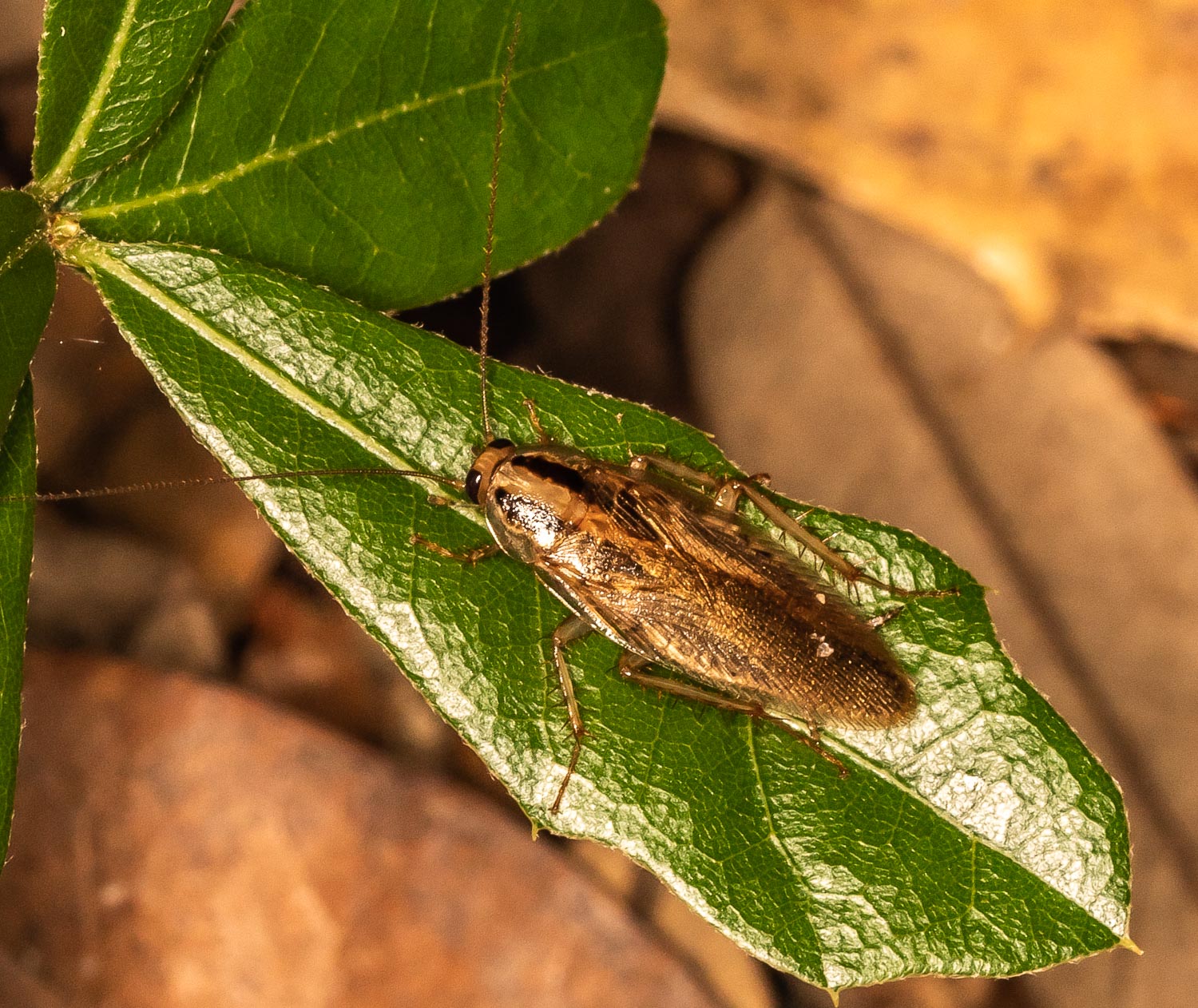Dead or alive? One macro photographer's thoughts on killing insects
/The second most frequently asked question that I get, right after “Wow! Who does your hair?”, concerns the insects and other tiny creatures that star in the lion’s share of my photography. People want to know if the bugs I shoot are alive, or if I catch and kill them, for my photographs.
With the caveat that I am just one photographer and these are my personal preferences, let me tell you why my subjects include both the living and the formerly-living.
My passion for photography is an extension of my lifelong fascination with the nature of our planet. I take pictures because it is the most effective way for me to share my excitement with others. My particular interest in photographing the tiniest of creatures creates an opportunity for me to acquaint you with the beauty and strangeness of the unseen world under our noses.
With that in mind, my approach to photographing bugs has developed over years of asking myself one question every time I start a new project… “How can I best portray this subject, so that you will be able to share in my own wonder, excitement, terror, or delight?”
My preference is to shoot subjects in their natural environment, and that is what I do most of the time. But there are times when the image I want to capture demands higher magnification, complex lighting, or a completely still subject. The detail achieved from focus stacking 50-100 images, for example, is virtually unattainable with a live subject. There are exceptions, to be sure, and some macro photographers have developed techniques for focus stacking images of live subjects. Here is an example of what I mean…
I came across this tiny caterpillar today. It wasn’t much to look at, as this iPhone image confirms. But I thought that it would make for some very interesting high-magnification images. As it happened, this little chap was DOA by the time we made it back to the studio and no caterpillar slaughter was required. I wanted pictures of the beast’s head, and of his/her rear also.
Using a fully extended bellows, with an added set of extension tubes, and a reversed 50mm enlarger lens set to f/5.6, I took two stacks of 100 images each. I processed the stacks using my favorite (the best?) stacking software, Zerene Stacker, and did a little cleanup editing in Photoshop. This is the front end of the same tiny caterpillar…
Head and thorax of unidentified caterpillar
The second stacked image reveals astonishing details of the caterpillar’s prolegs - the short, stumpy appendages used for locomotion.
Two pairs of prolegs arising from the last two abdominal segments of the same caterpillar - who knew!
Obviously, if your subject is already dead, snap away. I know there are some macro aficionados out there that view photographing dead, posed insects as beyond the pale. I am not among them. But my willingness to photograph ex-insects does not mean that I approve of the indiscriminate, wholesale slaughter of our diminutive models (with one clear exception - see below).
So, when do I think it’s OK to snuff out the vital spark of a potential centerfold arthropod? How about the following:
If it is technically impossible to capture a sufficiently sharp and detailed image by other means. Very tiny and ceaselessly active creatures, for example. Note that there are exceptions to this rule - see below;
When the subject is nearly dead. I have no qualms about terminating the lives of insects that have been mortally intoxicated by domestic pest control treatments or if they have suffered irreparable injury as a result of irresponsible flying practices (ceiling-fan-daredevils and solid-glass-deniers being the most common);
When the live subject poses a legitimate threat to the photographer, who was going to kill it anyway (a tarantula hawk buzzing angrily around the VW camper van of a severely allergic traveling macro photographer); and
If the intended subject is a recognized pest to humans.
I am strongly in favor of killing these horrible things, even if you don’t own a camera
When, then, is it OK to kill a non-pest, that isn’t actively dying, and does not pose an immediate threat to your life or limb?
I believe it should happen infrequently. I am not squeamish, but I need to have a pretty compelling reason to kill anything (except a cockroach) for a photograph. The rare circumstance in which “bugicide” may be acceptable is when the photographer believes that the resulting image(s) will be sufficiently engaging, educational, enjoyable or inspiring to the viewer, and when it could not have been captured otherwise.
A revolting housefly - murdered by the author
Here are a few of my own personal exceptions - for what they are worth…
Don’t kill butterflies. They are cute, relatively easy to photograph alive, and useful (pollinators).
Never kill spiders. They are cute, full of personality, and will pose when asked nicely. I actually have a growing family of jumping spiders living in my office at home - real showoffs.
Go easy on moths, beetles, and mantids. They are also cute and stay put for pictures.
If you don’t know what it is, don’t kill it (unless it is biting, stinging, or otherwise behaving poorly - then kill it).
Don’t kill anything with a remotely humanoid face, especially if it appears to be smiling. You will have nightmares.
Flies, things with stingers, things that eat garbage (or poop), things that suck blood, or things with terrifying, alien-like jaws should avoid me at all costs.
All creatures that are more evolved than insects are 100% off limits, even if they are pests, dangerous, ugly, or mean. Llamas and penguins, for example.
This guy checks on me at least twice a day - always appears under the same USB cable
And finally… In the event you just have to kill something, let me give you a couple of pointers on how to do it humanely (not really) with verve and panache:
Build, or buy, a killing jar. This is an airtight container, not too big, that has a second, much smaller container attached to the inside of its lid. This inner container has multiple perforations and contains a cotton ball which will be soaked in ethyl acetate. Ethyl acetate is safe for humans but decidedly unsafe for insects, which it asphyxiates. It kills quickly and without damaging insect tissues.
Place your quarry into the killing jar as soon as you can after capture. The less your specimen beats against its container, the better your photographs will be. In theory.
Wait until your bug(s) is completely dead. Some insects, usually the really hateful ones, have an alarming way of suddenly springing back to full, malevolent life, presumably in the hopes of one last sting or bite. Be patient.
Don’t leave insects in the chamber too long. Once dead, I like to put them in small specimen containers full of alcohol. I never throw them away. With careful storage, they can be rinsed, dried, and re-photographed for many years.
Don’t be boastful or show glee during the killing process. The remaining 10,000,000,000,000,000,000 insects on the planet may take it personally.
Thanks, as always, for dropping by!
Let me know where you stand on killing insects for pictures. Kill at will? Capital offense?








